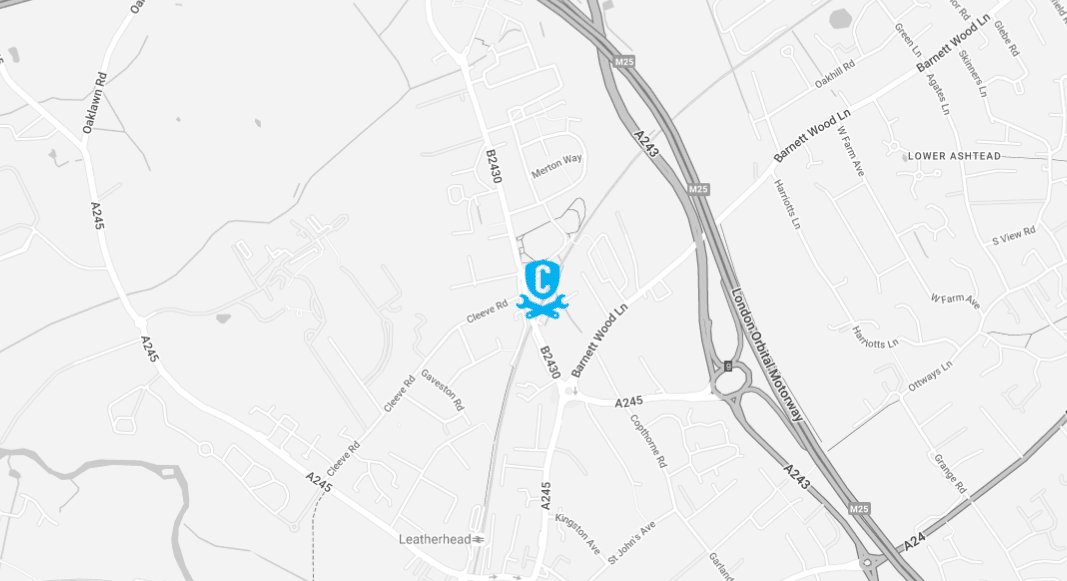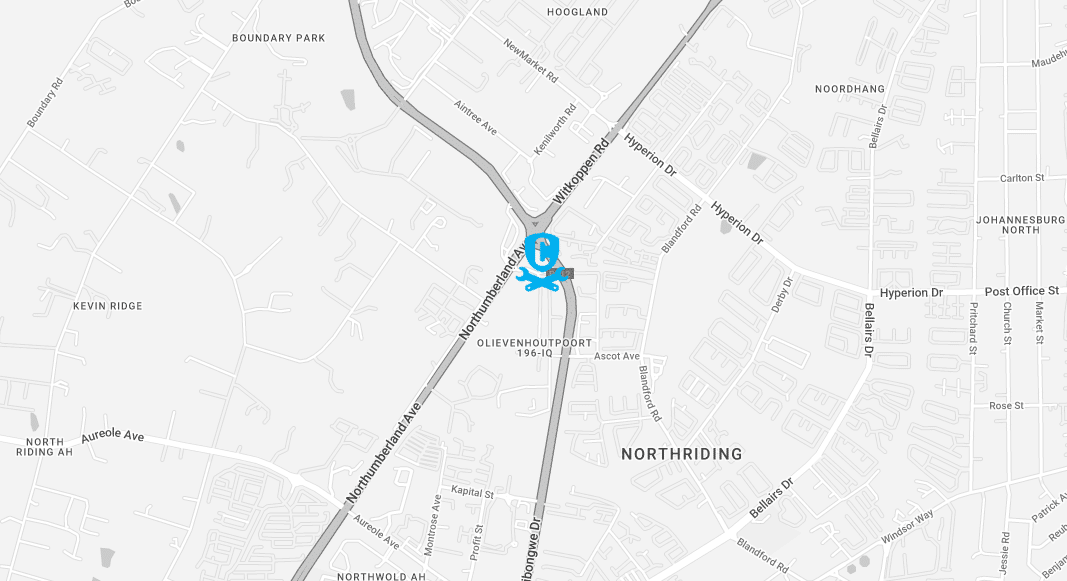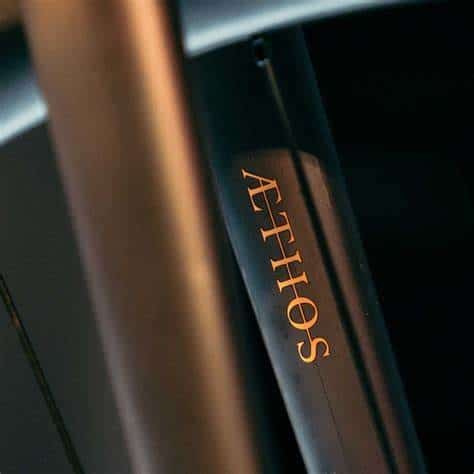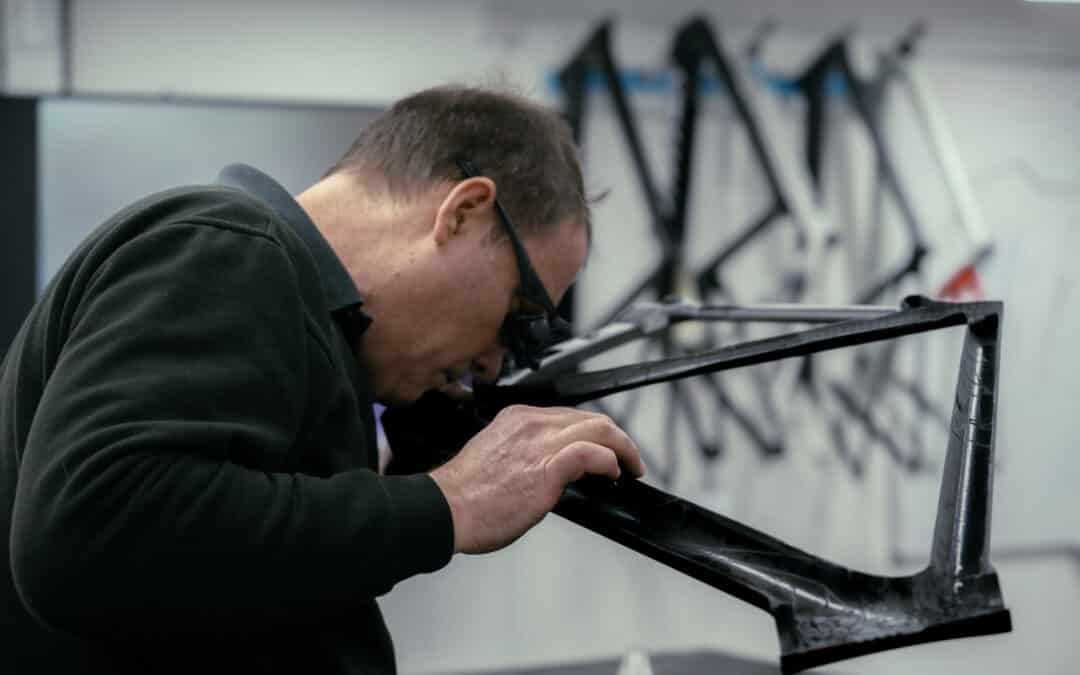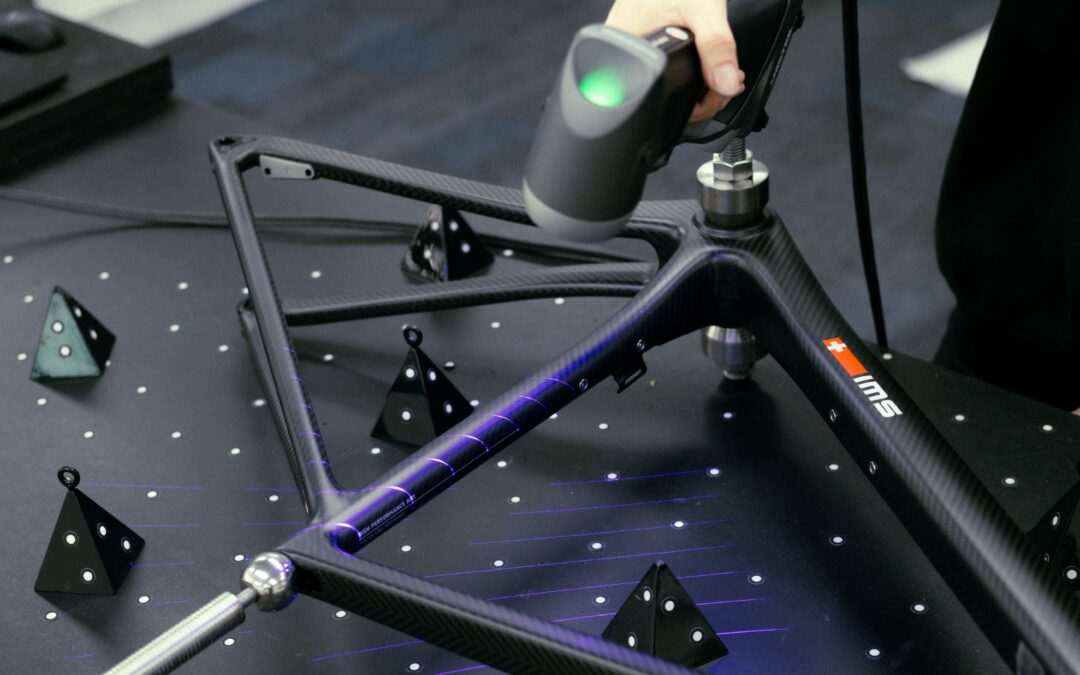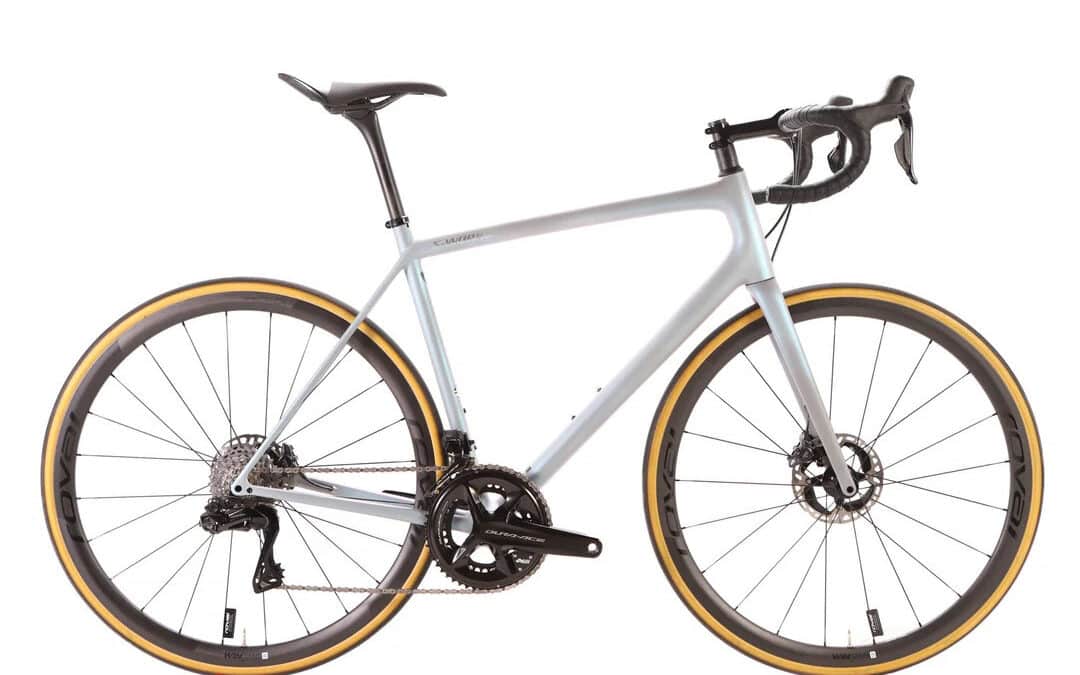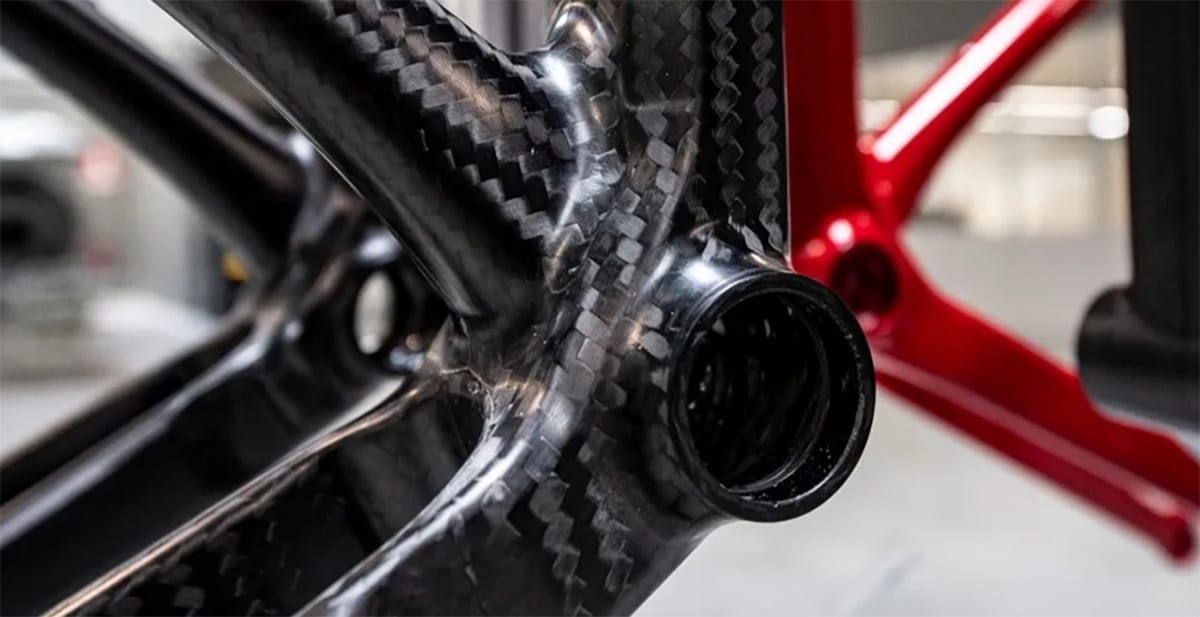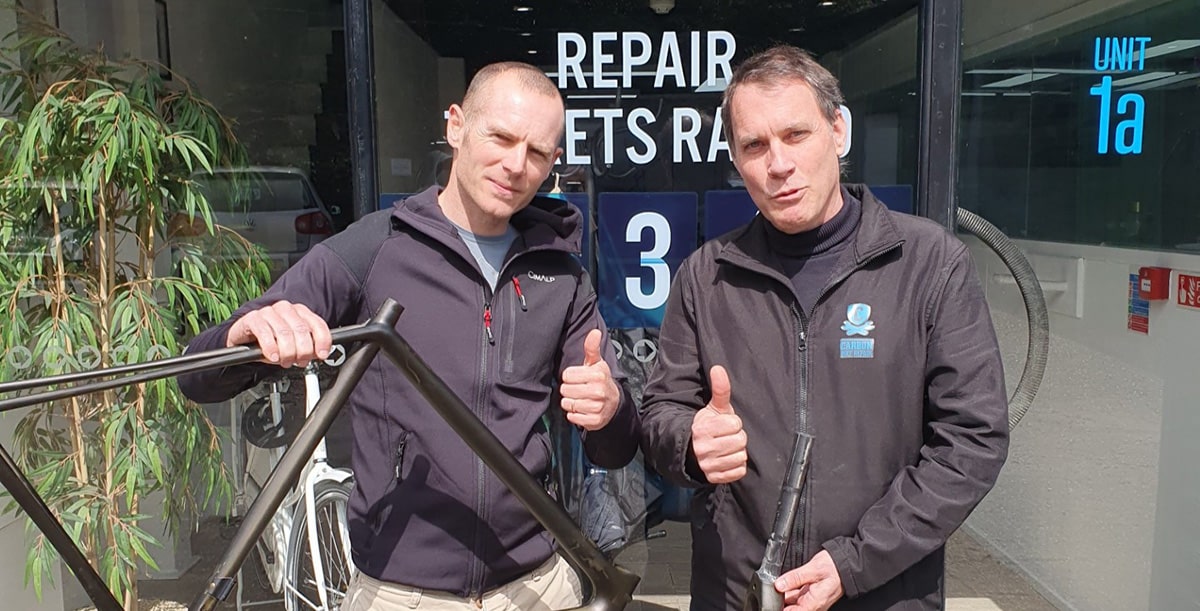Carbon Fiber Composite Training
CALLING ALL FUTURE TRUSTED PARTNER BIKE SHOPS
Carbon Fracture Inspection Course
Spend 4 hours with one of the industry’s leading carbon Experts, to learn how to identify structural issues during a bike service. Open to ‘trusted partners’ only. Inquire here.
Learn how to inspect carbon bikes
How to differentiate fractures from scratches
Additional revenue as an carbon inspector
What hidden areas to inspect after an accident
Safe places to clamp
What can and can't be repaired
Inspection fees
The tools you will need
WHAT WE WANT TO KNOW
It is good to know a few things about you for the course: (No data is shared with 3rd parties. This is only an email response to us)
What is your experience in the bike industry?
What would you like to learn on the course about carbon bikes?
How will this course benefit us both?
LOCATION – UK:
Carbon Bike Repair Ltd, Unit 1a, Bridge Works, Kingston Road, Leatherhead, Surrey, KT22 7SU United Kingdom
HOW TO FIND US:
Look for the side road leading to ‘Leatherhead Hand Car Wash’ and Alsford Timber yard at the traffic circle. Drive past the car wash to arrive under the Kingston road railway bridge. You can park in our signed parking spaces provided.
LOCATION – SOUTH AFRICA:
Carbon Bike Repair Ltd, Unit 2 Ferreiras, Bath & Tile Centre Corner Malibongwe Drive and Northumberland Avenue Northriding Gauteng South Africa
HOW TO FIND US:
1. Take the R512 slip towards Lanseria
2. Keep left heading towards Lanseria / North Gate
3.Bear left onto road
4. In 338ft turn right
5. Then in 144ft turn right again
6. Carry on with the road and you will arrive at your destination
Booking
Please make a booking as soon as you have a date that you would like to do the course. It is a 4 hour course so it would start at 09:00 am and around 13:00 pm
MAXIMUM 10 PARTICIPANTS REQUIRED
If we do not fulfil the participant attendance numbers for that date we will refund directly or we can keep you booked for the next available date if you wish.
Do you want to learn more about carbon and become a trusted partner?
Any additional enquiries, please contact us by phone or email
Other Carbon Bike Repair Services
Case studies
current workshop lead times
1 Week
health checks
1-2 Weeks
carbon repair
(no restore – stripped frame)
4 – 5 Weeks
carbon repair & paint restore
(2 Weeks – Express service on demand)
frequently asked questions
How to box your Bike for travel
- Create a ‘soft’ frame around the bike to avoid contact with the frame itself.
- Covering the surfaces with non-abrasive padding to avoid abrasion and additional impacts
Where to ship or drop off your Bike
WE REQUIRE FULLY STRIPPED FRAMES ( all components off) PLEASE.
Opening times: Weekdays between 8:00 – 16:30 (earlier by appointment)
Address: Unit 1a Bridge works, Kingston road, Leatherhead KT22 7SU located down the side road after the Leatherhead car wash
Tel: 01372 372 766
Saturdays our partner shops would all be happy to receive your frame on our behalf, please call ahead to make an appointment.
Please see our list of trusted partners below for drop off and/or should you need help with mechanical work:


